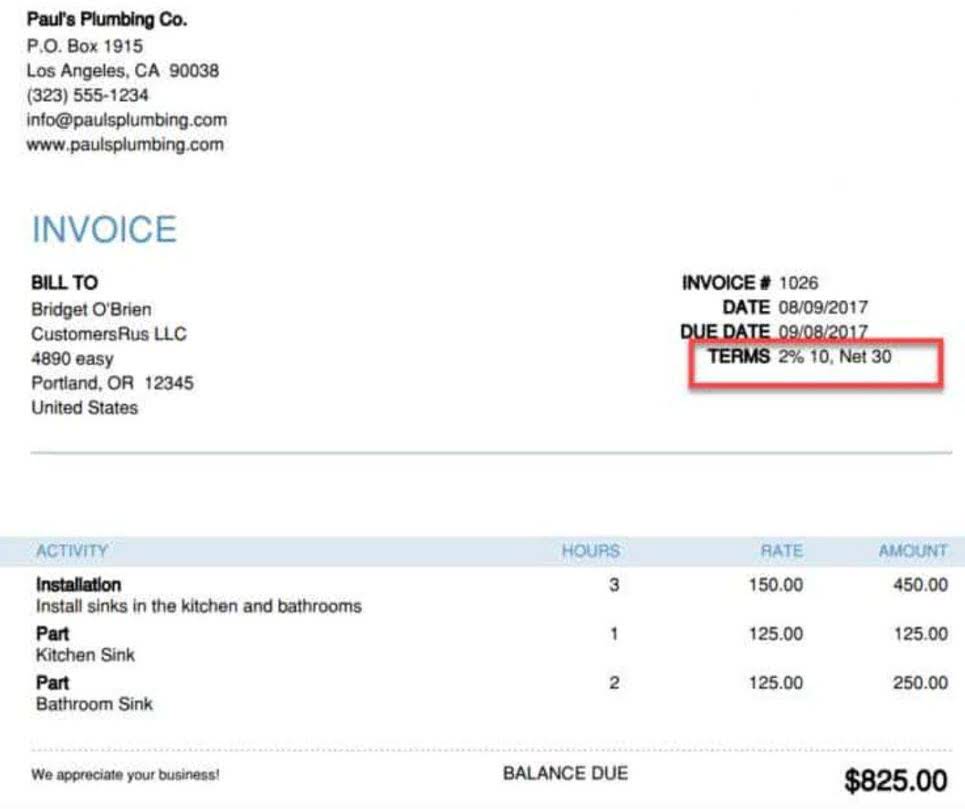
Write down a list of must-haves and nice-to-haves, then use those as a guide while you research various options. As an accounting professional, cannabis clients are likely still new to you. They’re fresh on the scene — which means your services, adapted cannabis accounting for the cannabis industry, are also still budding. As a cannabis accountant, I talk with many new cannabis business owners who have worked extremely hard to get their license but then need lots of help with the actual running of their business.
Top accounting software for Airbnbs comparison
These financial restrictions are likely motivated by the residual though waning stigma still surrounding cannabis. Despite an improved banking framework, you still have a lot to consider when inspecting and auditing an enterprise active in the cannabis industry. Among an accountant’s first ports of call could be to gain an overview of operations by fully comprehending each step of the supply chain from seed to sale.
- In a nutshell, Xero is the best accounting software for the cannabis industry because it makes complex accounting tasks extremely easy and at very affordable prices.
- A proprietary cash to accrual toggle switch is another great feature of Patriot Accounting Software.
- At Bookkeep, we understand the pain points and bottlenecks of the cannabis industry.
- With all of the government regulations put in place, bookkeeping for dispensaries is a cumbersome process.
- A step up from QuickBooks Online, QuickBooks Desktop Premier Plus has all of the features offered by QuickBooks Online with the addition of better inventory management features.
- Sage Intacct is a top choice accounting and financial management software for cannabis businesses.
- Moreover, advanced inventory management software is a need of cannabis businesses and AccountingSuite comes with advanced inventory management features.
Getting the most streamlined cannabis ERP software has never been so easy
Also, understocking, overstocking, or over-assorting (having too many products in a specific category, such as vape arts or edibles) can have a negative impact on your cannabis business revenue potential. Optimize your https://www.bookstime.com/ workflow with native and third-party integrations, automating data transfer between systems and reducing errors. Or build your own custom integrations using the open API for seamless data flow with other applications.
Choose the Right Software for Your Cannabis Operation with Kanha Software for Cannabis.
Take control of your business with Canix, the most trusted ERP software designed specifically for the cannabis industry. Canix helps cultivators, manufacturers and distributors stay ahead of the competition by reducing labor costs and improving operations. By using an accounting system, cannabis businesses can maintain accurate records and stay on top of tax requirements.


Our software is customizable and can be tailored to meet the specific needs of your operation, whether you’re a small craft grower or a large-scale manufacturer. With our cannabis financial software, you can improve efficiency on all fronts, all while strengthening your client partnerships and digging into all of the data that you need to boost your ROI and turn green into green. Integrate 365 Cannabis accounting software with our other module-based tools, or link it up with your existing business software platforms for an all-in-one solution that’s perfectly optimized for your needs. States themselves use their own seed-to-sale software to monitor the compliance of any cannabis business in their jurisdiction and to verify reports received from these businesses. Some solutions are awarded a contract with a state to become to main seed to sale solution operated by state authorities. Cannabis ERP software provides an all-in-one solution for cannabis cultivation, manufacturing, and processing that continues into the testing, delivery, and sale stage.
- With companion products covering areas like maintenance, leasing, staffing and more, it’s a comprehensive software solution for property managers who need it.
- Quicker processing, real-time access and insight, and informed decision-making are the powerful end results.
- BioTrack also has a dispensary POS solution that helps businesses maintain compliance while giving you the tools to operate your licensed marijuana business.
- The reason is that cannabis accounting is extremely complicated as compared to other industries as businesses have to comply with ever-changing legislation and other legal requirements.
- Kanha Software for Cannabis offers different software options to meet the unique needs of the cannabis industry, making it the perfect choice for both small boutique growers and large-scale producers.
- Meadow has three plan options — Essential, Growth, and Enterprise — to accommodate dispensaries of all sizes.
Even if all you need is accounting and reporting for your STVR portfolio, AppFolio has you covered. The app has baked-in functionality for managing multiple properties, tracking common area maintenance costs and handling tasks like tenant debt collections and bulk tenant charges (just to name a few). It’s an enterprise-grade accounting app, but just for real professionals (ok, we’re really sorry for that last property pun). If you’re looking for a solution laser-focused on this particular use case, this is the list entry for you.
With Helcim, you get everything you need to accept credit card payments, plus high-quality support from real humans. If you already are committed to iOS for hardware, then BLAZE is a great fit for your business. In addition to your monthly subscription, you may also pay extra for add-ons, such as premium analytics and a QuickBooks integration.
- Kanha helps by actually looking at your needs and tailoring the software just for you.
- Grow your cannabis business with Canix; designed to eliminate frustrating busywork and streamline your operations.
- Whether you’re a small business or a large enterprise, Canix offers a powerful platform to help you elevate your operations and take your business to the next level.
- KayaPush offers unique integrated and automated payroll features that will save dispensary owners up to 40 hours per week.
- Based on data from SoftwareReviews, the report identifies the top software providers that are empowering organizations with enhanced automation capabilities to effectively navigate today’s market dynamics.
- Wave Accounting is another great option for the cannabis industry to take good care of their accounting needs.
Cova Software Hardware Costs & Features
Manage all of your clients in one place while receiving daily, individual status reports.



